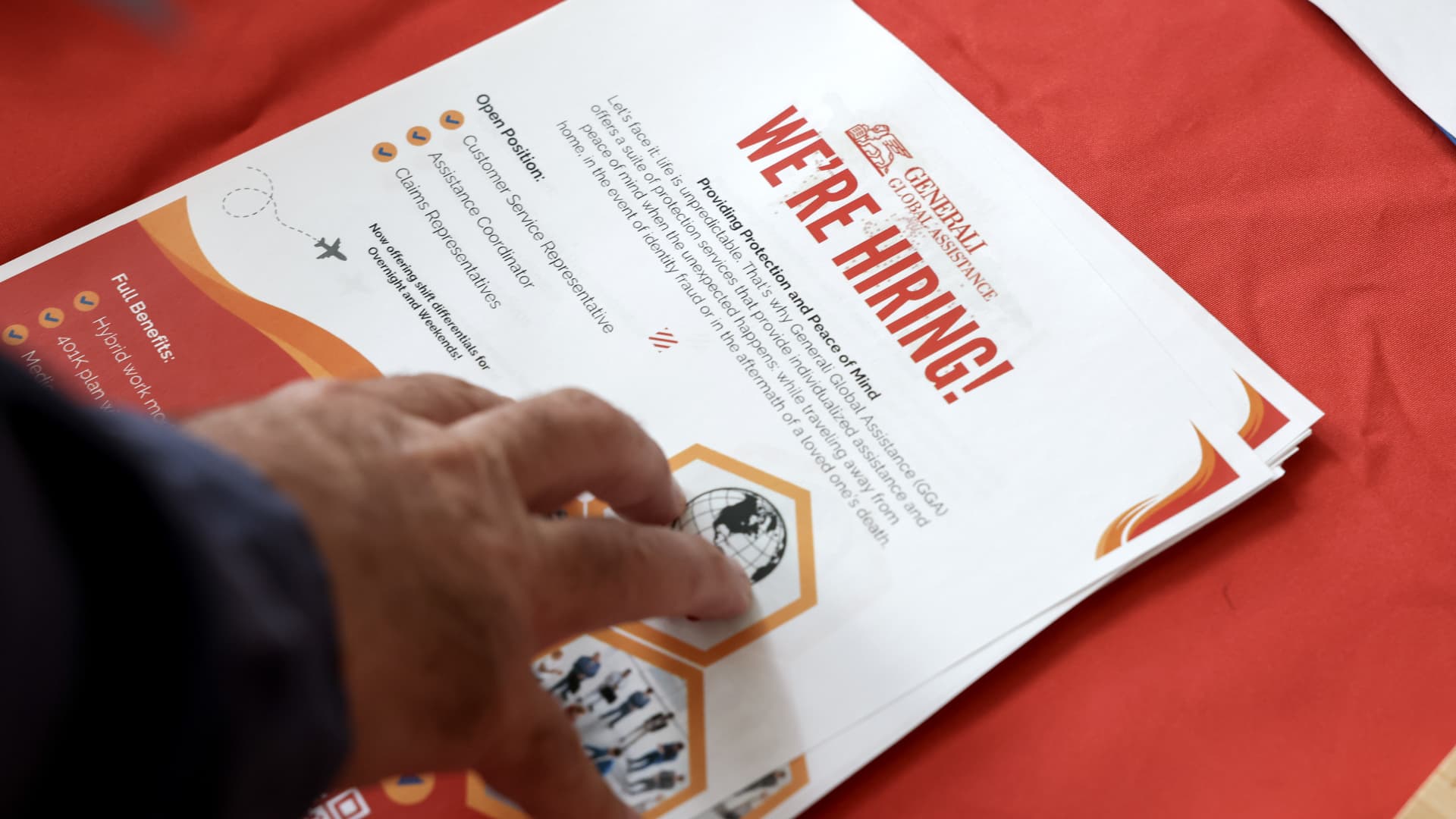Decoding the July Jobs Report: A Deeper Dive into Economic Headwinds
Introduction: A Puzzle of Numbers and Implications
The July jobs report has arrived, and it’s a sobering read. With only 73,000 jobs added—a figure that falls well below economists’ expectations—it’s clear that the U.S. economy is facing a slowdown. This isn’t just a minor blip; it’s a signal that deeper economic forces are at play. Behind the numbers lie stories of uncertainty, policy impacts, and global influences that are reshaping the labor market. Understanding this report requires more than just glancing at the headline figure; it demands a deeper dive into the underlying trends and their broader implications.
A Disappointing Headline Number: The First Red Flag
The headline number of 73,000 new jobs is alarming. To put this into context, economists had anticipated around 100,000 new jobs, a figure already considered modest. The shortfall suggests that employers are adopting a more cautious approach, likely due to economic uncertainty. This hesitancy can have far-reaching consequences, affecting everything from consumer spending to business investment. A slowdown in hiring doesn’t just impact job seekers; it can ripple through the economy, dampening overall growth and confidence.
The Revision Reality: A Bleaker Picture Emerges
Perhaps even more concerning than the July figure are the substantial downward revisions to the May and June job numbers. A total of 258,000 jobs were removed from these months, significantly altering the narrative of recent labor market performance. These revisions highlight a critical lesson: initial job reports can be volatile and subject to significant adjustments. The revised figures suggest that the labor market was already weakening before July, a trend that had gone largely unnoticed in the initial reports.
Unemployment Rate: Stability with Hidden Complexities
The unemployment rate ticked up slightly to 4.2%, a seemingly small change that masks deeper complexities. On the surface, a stable or slightly rising unemployment rate could indicate that more people are entering the labor force, actively seeking employment. However, in the context of weak job growth, it’s more likely a sign of increasing unemployment and a weakening economy. The rise in the unemployment rate, coupled with the slowdown in job creation, paints a picture of a labor market that is losing momentum.
Sector-Specific Insights: Where the Jobs Are (and Aren’t)
To fully grasp the implications of the July jobs report, it’s essential to examine which sectors are growing and which are struggling. While the provided context doesn’t include sector-specific data, a comprehensive analysis would reveal critical insights. For example, a decline in manufacturing jobs could point to the impact of tariffs, while a slowdown in the service sector might indicate weakening consumer demand. Understanding these sectoral trends can help identify the underlying drivers of the slowdown and inform policy responses.
The Trump Factor: Tariffs and Trade Tensions
Several reports directly link the disappointing job numbers to President Trump’s trade policies, particularly the imposition of tariffs. These tariffs can increase costs for businesses, leading them to reduce investment and hiring. The uncertainty surrounding trade negotiations can also create a climate of hesitancy, making employers less likely to commit to new hires. The impact of these policies on the labor market is a critical factor to consider, as they may be contributing to the current slowdown.
Market Reaction: Treasury Yields and Investor Sentiment
The immediate market reaction to the jobs report provides further clues about its significance. Reports indicate that Treasury yields tumbled, suggesting that investors are becoming more risk-averse and seeking safer assets. This flight to safety is often a sign of concerns about economic growth and can further dampen economic activity. The market’s response underscores the broader economic anxieties that the jobs report has brought to the forefront.
Beyond the Numbers: The Human Impact
It’s crucial to remember that behind every job number is a person, a family, and a community. A weak jobs report translates into real-world consequences for individuals struggling to find employment or facing job insecurity. The human cost of economic slowdowns cannot be overlooked. Policymakers and businesses must consider the broader social and economic impacts of their decisions, ensuring that economic policies are designed to support, rather than harm, workers.
The Long-Term Implications: Trend or Temporary Dip?
The critical question is whether this weak jobs report is an isolated incident or the beginning of a more prolonged slowdown. While it’s impossible to predict the future with certainty, several factors suggest that caution is warranted. The downward revisions to previous months, the impact of trade policies, and the overall global economic climate all point to potential headwinds for the U.S. economy. It’s essential to monitor these trends closely to determine whether the slowdown is temporary or indicative of a deeper economic shift.
A Call for Policy Review: Adapting to Changing Conditions
The disappointing July jobs report should serve as a wake-up call for policymakers. It’s crucial to carefully evaluate the impact of current policies on the labor market and consider adjustments to support job creation and economic growth. This might involve addressing trade tensions, investing in infrastructure, or implementing other measures to stimulate the economy. Policymakers must be proactive in responding to economic challenges, ensuring that their actions align with the needs of the labor market and the broader economy.
Navigating Uncertainty: A Time for Vigilance
The July jobs report is a stark reminder that economic growth is not guaranteed and that vigilance is essential. While the U.S. economy has shown resilience in the past, the current environment presents significant challenges. It’s a time for businesses, policymakers, and individuals to proceed with caution, adapt to changing conditions, and prepare for potential economic headwinds. By staying informed and responsive, stakeholders can navigate these uncertain times more effectively, ensuring a more stable and prosperous future.











